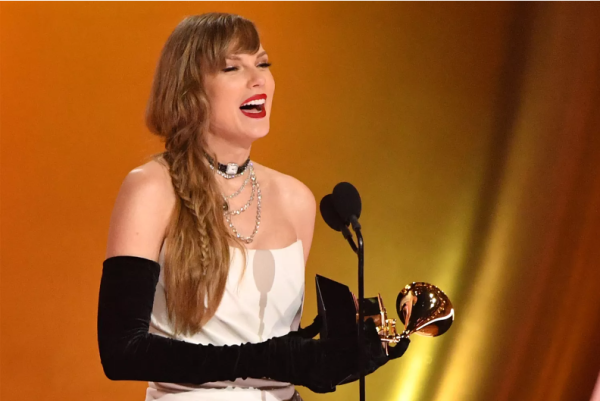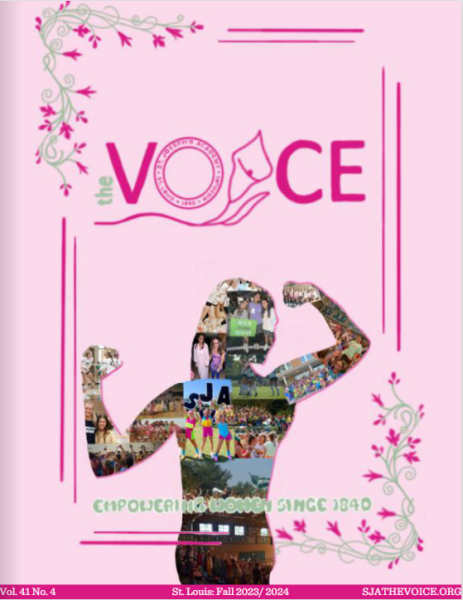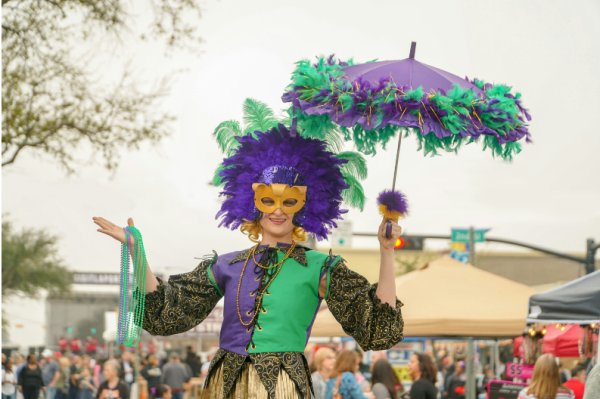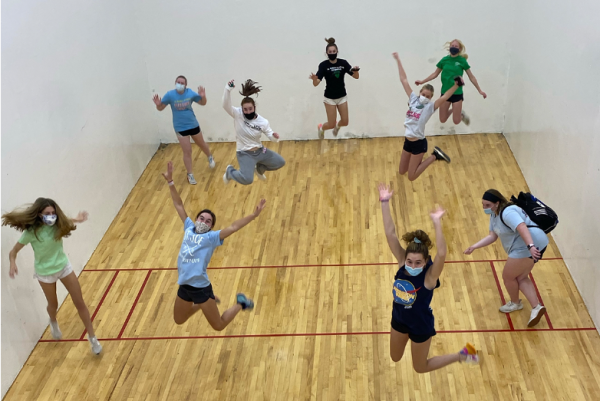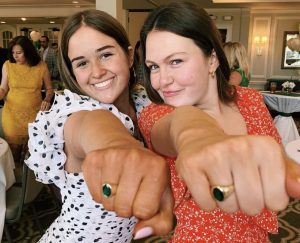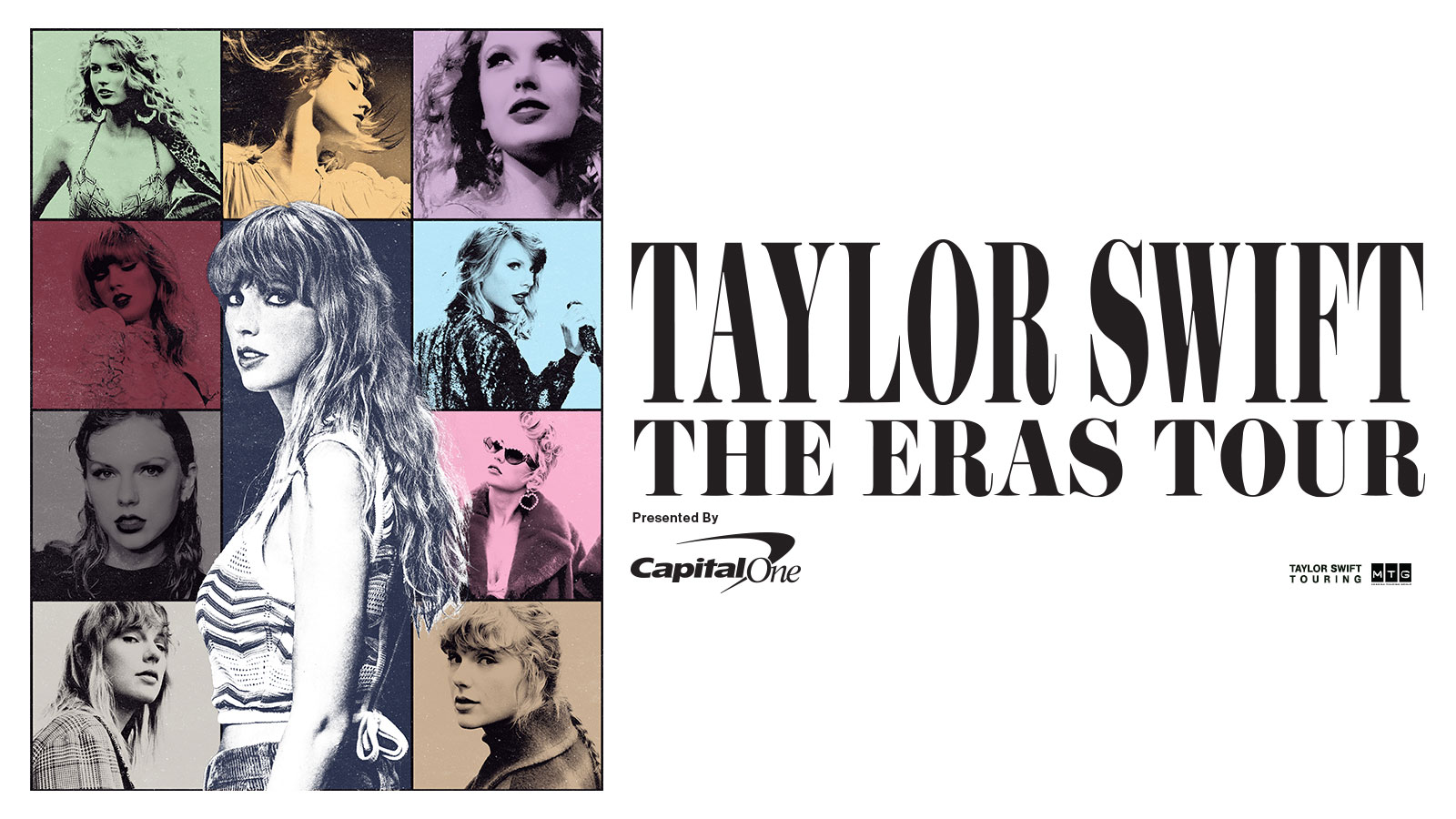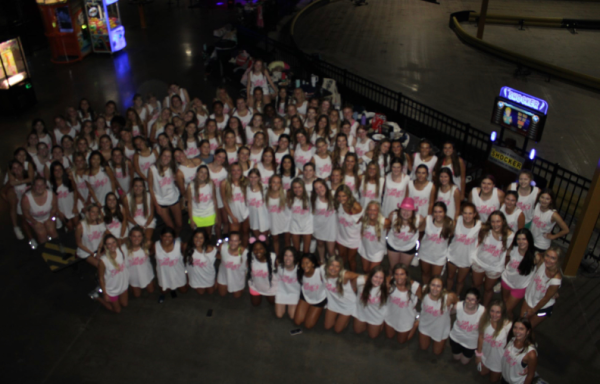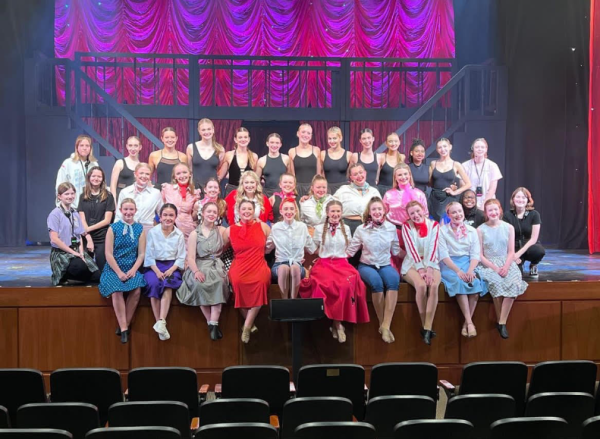The burdening standard of Body Image
#mirrorpic on Instagram is one reflection of body image in the media.
January 12, 2021
Nowadays there is an enormous amount of pressure on girls’ body image, and this societal pressure has only increased in the past two decades most likely due to the start-up of social media platforms that are dominant through sharing images. According to the US National Library of Medicines, 69-84% of American women exhibit body dissatisfaction, “typically preferring a smaller figure than their present frame.”
This statistic demonstrates the popularity of thinness in females, especially in teenagers. This thin ideology follows them to adulthood reaching to their 40s and 50s. Many blame social media for an increase in negative-body-awareness, especially with its recent growth in popularity of Instagram, which was founded in 2010. Instagram’s purpose is solely to share images and pictures.
Not only has an increase in social media popularity led to negative body issues, but also the world we live in works to normalize “a healthy size” through ads, magazines, models, fitness, and much more. Healthy looks different on everybody, and when people compare their size to others, this is an unrealistic representation of what healthy looks like. However, this has become a trend that many people tend to focus on because appearance is such a prevalent part of our culture.
Senior Olivia Hampton thinks that constantly seeing pictures of an ‘ideal’ body type is “toxic” for women’s health.
“In reality there is no ‘perfect body’ yet girls our age strive to attain it when it is truly unattainable. Overall the media preys on women’s insecurities and profits off of them by selling products and the idea of being skinny. It is up to us to take care of our bodies … because loving your body only works if you take care of it,” she said.
Everyone wants to look their best and feel their healthiest but the wrong picture is often left in our brains to achieve this goal, often resulting in extreme exercise, eating disorders, depression, dieting, and much much more. With this added pressure from not only ourselves but also society, it brings awareness to females on how they should look, eat, exercise, and live their lives. Why do we allow the culture and media to set standards on how we should live? It’s an unfortunate burden that has definitely grown recently, but negative body image has been around for ages.
I am sure that many girls have thought: “I shouldn’t eat that” or “I should skip a meal because I was upset with how I look right now” or “I need to diet because of an important picture or event coming up.” These questions have repeated so many times through our heads that it is almost second nature to think about them. This behavior has been learned over time. When we were five years old, did we question what we ate for each meal? Most likely not. But as we grew up in such a visual and global world, our awareness of our image and that much attention is drawn to our bodies’ becomes even more magnified. Junior Ellie Johnson understands the mental turmoil that accompanies body image.
“What goes through girls’ heads is so much more different than compared to boys. I feel like many girls are hesitant to eat certain foods that are unhealthy and our culture has made us think that our appearance is so important to maintain and to always look good. Society has basically taught us to be obsessed with our image, especially on the outside,” she said.
When compared to body image studies with men, first of all there are very few out there, the results about unhappiness with their body image are much less than womens’, but are these results accurate? Being thin is a thought that goes through many womens’ minds, so is being thin considered more of a feminine mindset? Body image negativity exists in both genders, but there is much more societal and media pressure emphasized on the female body.
This is probably caused due to not only comparing ourselves to other women but also due to the advertisement industries. A lot of things that occur today often were started by companies that prey and advertise on women for beauty products, clothes, and other material goods to “better their appearances.” When you compare this industry to men, the industry is quite different. Do you ever see men visiting the nail salon as much as women do or getting their hair done? There is nothing wrong with doing any of these things to express yourself but you should never feel a weighted pressure just to “fit” a certain image or perception. No human is the same and no one should feel ashamed of how they look or what they enjoy doing.
Don’t let society take control over how you live your life or that what makes you happy, because happiness will not come from being the “perfect” image of what society expects you to be. The key to happiness is to BE YOURSELF.

